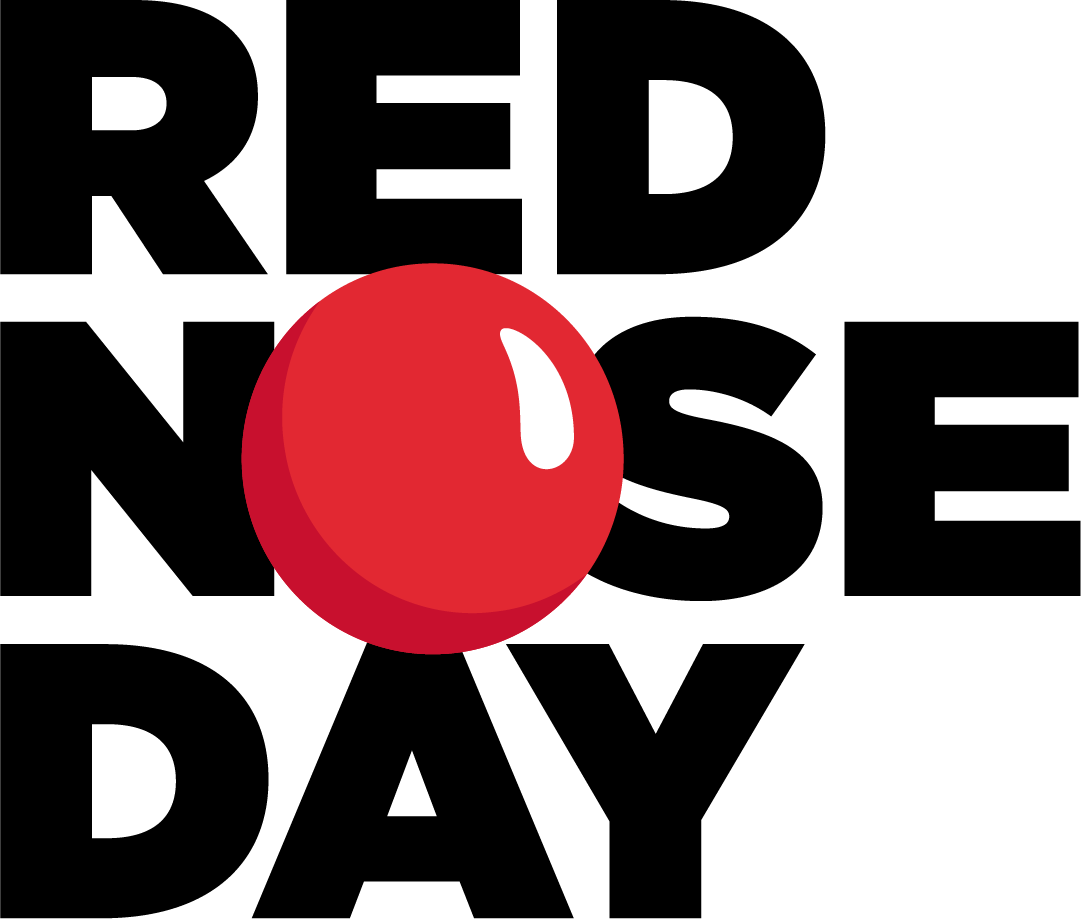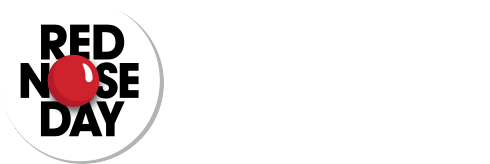
Poverty and Education: How Early Interventions Can Mean a Lifetime of Change
Education is broadly seen as a key intervention to lift someone out of poverty. Every additional level of education a person can achieve opens up new opportunities, and can make a meaningful impact on someone’s salary and likelihood they won’t experience unemployment. Higher levels of education are even linked to better health outcomes and a longer life expectancy, according to The Office of Disease Prevention and Health Promotion.
If getting an education could mean a more positive future for a child living in poverty, then why are these children ten times more likely to drop out of high school?
Those born into poverty have the odds stacked against them even before taking their first breath. But there are ways to combat the impact of poverty and improve high school graduation outcomes, and these interventions happen much earlier than you might think.
We’re taking a look at how an early childhood education is creating the foundations for a child to succeed, and why it’s so important for children living in poverty.
The Achievement Gap Starts Early
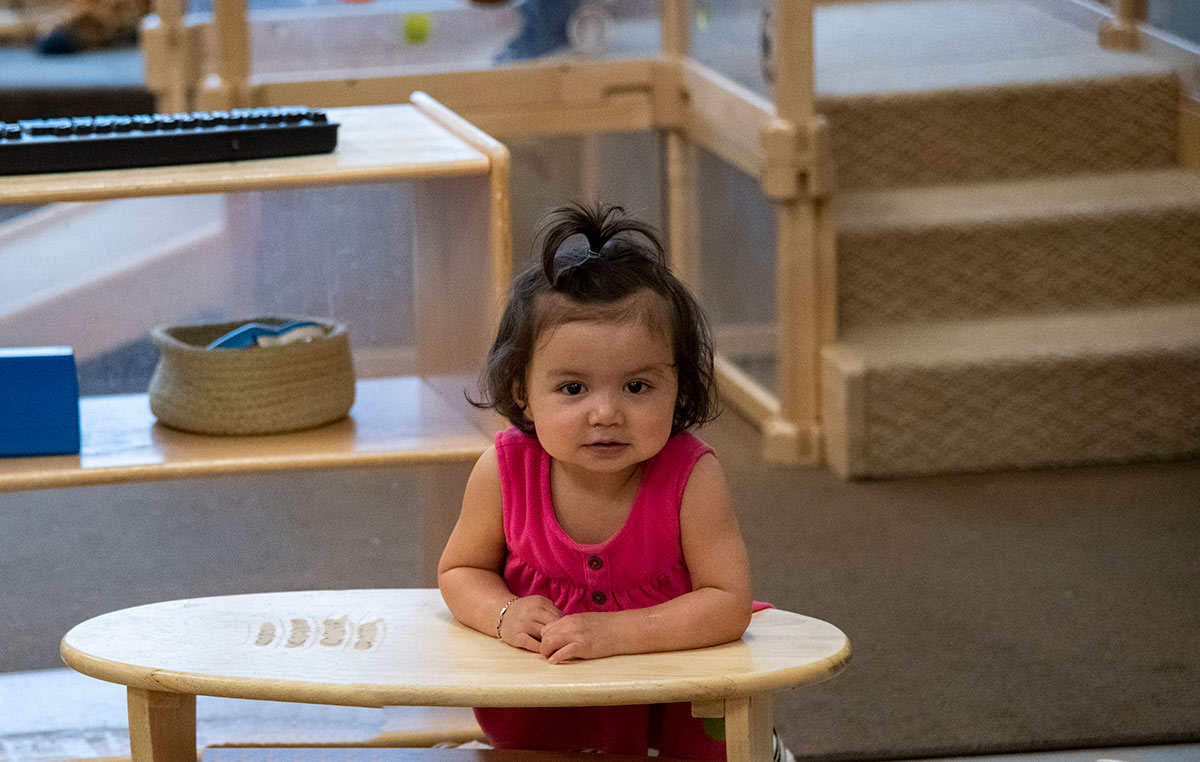
When it comes to test scores, low-income students, on average, do not perform as well in school as their middle- and high-income peers. This is known as the “achievement gap,” and it has nothing to do with intelligence. Rather, this achievement gap can be explained by a lack of resources, both directly and indirectly related to education.
According to the NCCP, children who live below the poverty line are already 18 months behind what is average for their age group by the age of 4. Differences in early vocabulary development between children living in poverty and their higher-income peers can be seen even as early as 18 months. This can be attributed to several factors tied to early literacy.
The National Commission on Reading says the single most significant factor that influences a child’s early educational success is an introduction to books and being read to at home prior to the beginning of school. Unfortunately, 60% of low-income families in the United States cannot afford books. Low-income parents are also likely to have low-literacy skills themselves, and may not be able to read to their child. These parents may also not have the time available to read to their children if they work more than one job, or work long hours. Some parents may not even realize the benefits of reading to their child – if they weren't read to as kids, the pattern may be passed on. A child’s parents and home environment are linked to literacy, which in turn impacts -- from a very early age -- a child’s chances of succeeding academically.
The internet can also be an incredibly valuable resource for families, as access to free online books, learning videos, and other resources can help parents bridge the gap early. But challenges accessing the internet or an internet-enabled device can be another factor contributing to achievement gaps long before a child enters school.
If a child stars behind, and remains behind, the impact snowballs. It gets harder and harder to catch up to their peers, which can result in poor grades or having to repeat a year in school. This can impact a child’s self esteem and ultimately influence whether or not they stay in school and make it to graduation.
Other Factors Impacting a Child's Ability to Learn
While access to early educational opportunities plays an important role, other issues faced by children living in poverty are also inextricably linked to poor academic performance. For example, low-income families are more likely to experience food insecurity. Lack of access to healthy foods could impact a child’s growth and development. It’s also hard for a child to focus on learning when they’re hungry.
Low-income families are also more likely to be housing insecure, which could mean moving around a lot, living with friends or family in over-crowded housing, or even experiencing periods of homelessness. According to the National Institute of Health, housing insecurity is linked to a multitude of health and development issues for young children that can have long-lasting implications on their ability to learn and succeed at school.
The Case for Early Intervention
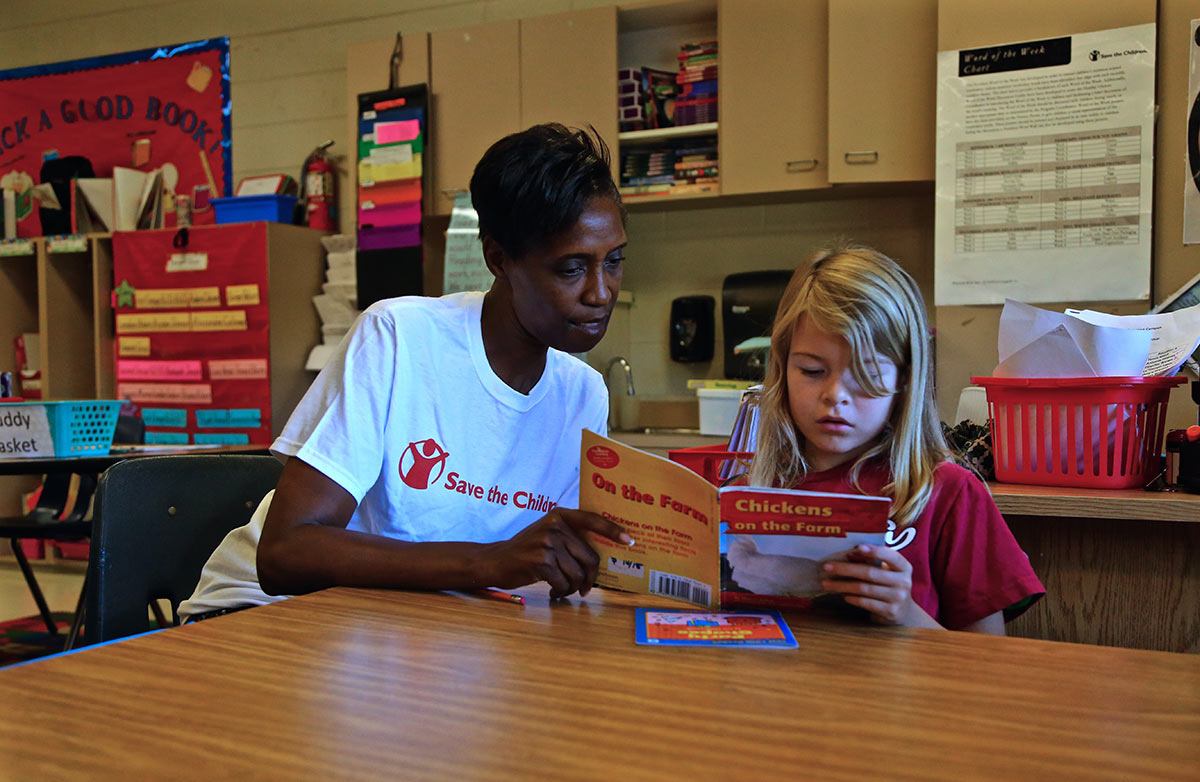
The good news is that there are ways to change these kids’ stories for good. It’s widely proven that early intervention, via a high-quality early education program, generates measurable, long-term impacts on children. According to a study by Barnett and others, there are a few mechanisms by which preschool can powerfully contribute to the fight against poverty. This includes the direct positive impact preschool has on a child’s cognition, skills, and expectations for themselves. But the study also suggests that a quality early education program indirectly improves the impact parents can have through increased parental awareness, engagement in, and support of their children’s educational experiences and school success.
Children who are able to experience this early intervention receive the social and emotional, language, and academic skills needed to thrive. According to a study from Harvard Graduate School of Education, children who attended high-quality early education programs were less likely to be placed in special education, less likely to be retained in a grade, and more likely to graduate from high school than peers who did not attend a program. They’re also more likely to have higher incomes as adults, more likely to own a home, and less likely to need public aid, according to Educare.
Not only are early education programs beneficial for children living in poverty and their families, they’re good for society as a whole. According to Nobel Prize-winning economist James Heckman, every dollar invested in early education produces a 7-10% annual return in better education, health, social and economic outcomes.
Education Efforts in Action
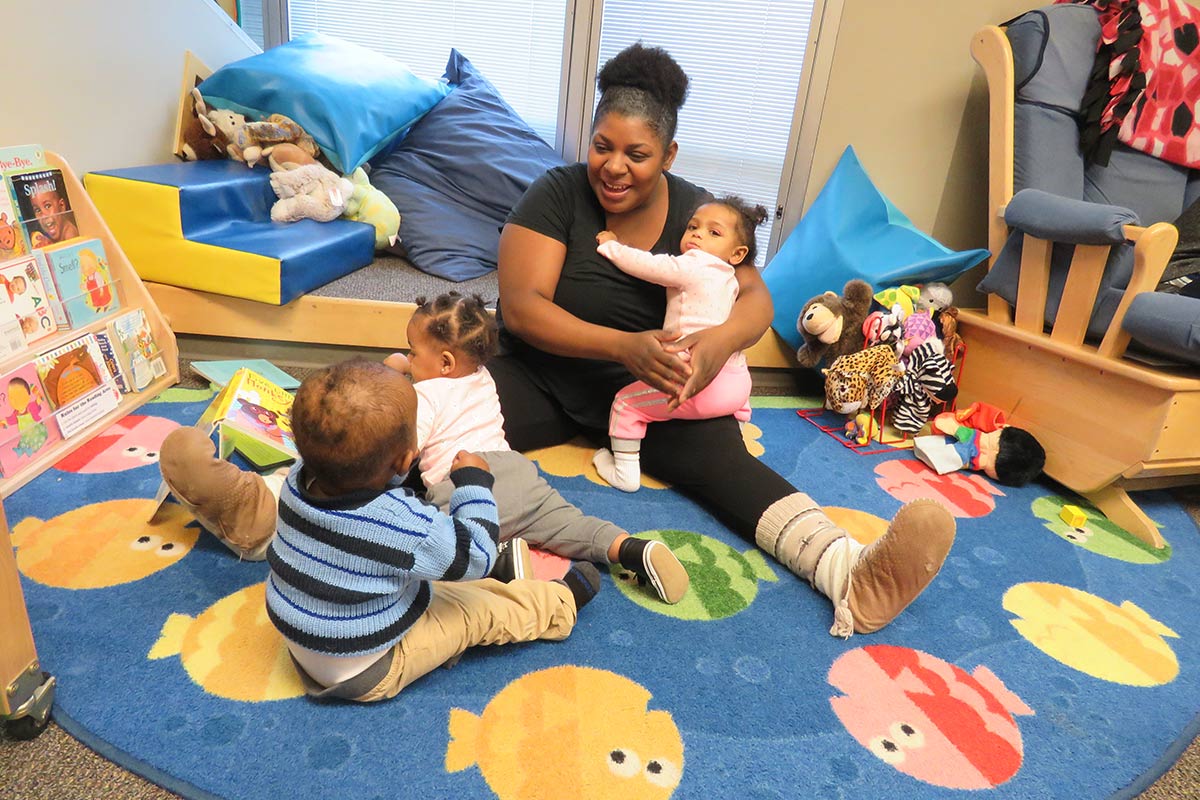
While the challenges to education for children who are living in poverty are broad, there are things we can do to improve the quality of education and access for children. With your donations, Red Nose Day is funding programs that help meet the educational needs of children in poverty, both before Kindergarten and throughout school, ensuring they have the best shot of reaching their full potential.
In partnership with Educare, Red Nose Day is funding early childhood schools across the US. Educare’s programs serve financially disadvantaged children from birth to age 5, preparing them for success in kindergarten and beyond. Their programs provide a comprehensive approach to early childhood education, including intensive family engagement to ensure that all children, and their families, are able to thrive.
In rural South Carolina, Red Nose Day is partnering with Save the Children to support an in-school literacy program. In a state where 35% of fourth graders do not meet basic reading level requirements, this program boots literacy growth through guided independent reading practice, comprehension-building book talks and reading quizzes.
At-risk youth can also greatly benefit from ongoing intervention and support to ensure they're on the right track. To do this, Red Nose Day partners with City Year in 20 high-need communities across the country to fund a program that connects City Year members, who are aged 18 - 25, with at-risk youth at high-need schools, elementary through high school. These members build strong, “near-peer” relationships with students and provide academic and social-emotional support while sharing resources that help boost student learning and achievement, helping to keep them on track to graduate.
In partnership with Scholastic, Red Nose Day in School has developed free teaching empathy activities, lesson plans, and resources to help students learn about the issues facing children in need, strengthen their social-emotional skills, and realize their power to help others. You can download individual lesson plans or the full program here.
Our free, remote-ready lessons and routines provide a fun way to strengthen classroom community, help children build empathy, develop literacy skills, and learn about social issues.
Better yet, this flexible, year-round program can be done in the - classroom or at the kitchen table!
How To Help
As you can see, your contributions to Red Nose Day are already helping kids in need access the education programs they need to help break the cycle of poverty. And there are more ways that you can help ensure we keep making an impact for kids in need.
You can start by sharing this blog with your friends on Facebook or Twitter. Awareness is the first step to change, so help start the conversations with your network about the different issues facing so many children who are living in poverty.
Contributing monthly can help even more kids. The Sandbox is Red Nose Day's community of monthly givers, dedicated to creating opportunities and solutions for children in need to thrive every day. As long as there are children living in poverty and facing inequity, every day is Red Nose Day. And we need your continued support to help address immediate needs and enact long-term change.
Get on the list. Sign up for updates.
Don’t Miss Out!
Sign up for the latest Red Nose Day news and updates.
rnd-bsd-signup-form
